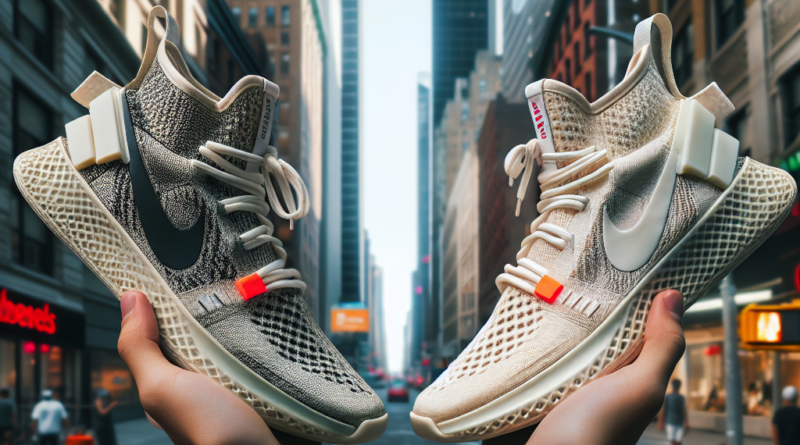Who is Beating Nike in the Sneaker War?
Nike Struggles to Regain Momentum in the Sneaker Market
Nike, once a leader in the $150 billion global sneaker market, is facing one of its worst sales slowdowns in decades.
The sportswear giant is expected to report only a 1% increase in annual sales when it releases its 2024 fiscal results this month.
This would be Nike’s worst performance since 1999, excluding the impact of the pandemic and the 2009 global financial crisis.
To bounce back, Nike must refocus on its roots as an innovative footwear manufacturer.
Challenges and Strategic Mistakes
The company’s stock has plummeted by nearly 50% from its peak in 2021, signaling a significant downturn for Nike.
Even at a valuation of 25 times future earnings, Nike falls well below its five-year average of 33 times earnings.
Competition poses a challenge, as do cautious consumers in key markets like North America and China.
However, Nike’s strategic missteps have also played a role in its current predicament.
Nike’s overreliance on retro sneaker sales, inadequate investment in new product innovation, and neglect of the performance athletic market are among its key strategic errors.
Under the leadership of CEO John Donahoe since 2020, Nike has heavily leaned into the retro trend, churning out numerous new iterations of Air Jordan and Air Force 1 models.
While this strategy has yielded success, with the Jordan brand generating $6.6 billion in wholesale revenue in fiscal year 2023, a 29% increase from the previous year, it also risks oversaturating the market.
Rising Competition
The rise of brands like Hoka, Deckers Brands’ high-performance running shoes boasting a distinctive oversized sole, presents a significant competitive threat to Nike.
Hoka’s shoes generated over $1.8 billion in sales last year, marking a 28% increase from the previous year.
Meanwhile, Swiss running brand On saw its sales surge by nearly 50% to $2 billion.
Deckers and On’s ability to command premium prices for sought-after products has translated into higher gross margins compared to Nike.
While Deckers and On boasted gross margins of 55.6% and 59.6% respectively, Nike’s margins hover around 45%.
The Road Ahead for Nike
Despite its recent challenges, Nike, with its $51 billion in annual revenue, remains one of the most recognizable consumer brands globally.
Cost-cutting measures are helping drive profitability, but to stay ahead of emerging rivals, Nike must accelerate the pace of change and innovation in the increasingly competitive sneaker market.
Source: Financial Times.




